Tom's Hardware Verdict
The Acer Predator GM9000 is a fast and efficient drive that aims to be a more affordable, albeit not the best, high-end PCIe 5.0 SSD.
Pros
- +
Good power efficiency for a PCIe 5.0 SSD
- +
Decent sustained performance
- +
No major performance gaps
Cons
- -
Availability
- -
Older flash
Why you can trust Tom's Hardware
The Acer Predator GM9000 is another SSD from a company that has brought winners in the past, but also one that has never really stood out from the crowd. It comes as no surprise that the GM9000, a successor of sorts to the good-but-not-great Predator GM7000, is a bit of a niche drive in what is becoming a more crowded market segment. That sounds weird to say for high-end Gen 5 drives, but the launch of the Sandisk WD Black SN8100 and Samsung 9100 Pro – in addition to existing drives like the Crucial T705, promising hardware like the Micron 4600, and upcoming drives built on the Phison E28 SSD controller – means there may be more drives than demand. This counterintuitively gives the GM9000 a potential opening.
The Predator GM9000 doesn’t have to beat the new drives; it just has to match or beat the old ones at a lower price point. It also has the added advantage of being more power-efficient, which is a significant bonus for anyone who has held off on getting a Gen 5 drive due to thermal throttling concerns. It achieves this by using a new controller with tried-and-tested flash technology. If there is a “bargain” high-end PCIe 5.0 SSD, this is it. The design is likely to be copied by the usual suspects – Fikwot and Fanxiang are two that come to mind, but Acer has the advantage of brand awareness. Bigger rivals would be the Biwin Black Opal X570 Pro – Biwin is an OEM provider for Acer – and the Lexar NM1090 Pro.
Acer Predator GM9000 Specifications
Product | 1TB | 2TB | 4TB |
|---|---|---|---|
Pricing | $170 | $229 | $445 |
Form Factor | M.2 2280 (SS) | M.2 2280 (SS) | M.2 2280 (SS) |
Interface / Protocol | PCIe 5.0 x4 | PCIe 5.0 x4 | PCIe 5.0 x4 |
Controller | Silicon Motion SM2508 | Silicon Motion SM2508 | Silicon Motion SM2508 |
DRAM | LPDDR4 | LPDDR4 | LPDDR4 |
Flash Memory | Micron 232-Layer TLC | Micron 232-Layer TLC | Micron 232-Layer TLC |
Sequential Read | 14,000 MB/s | 14,000 MB/s | 14,000 MB/s |
Sequential Write | 10,500 MB/s | 13,000 MB/s | 13,000 MB/s |
Random Read | 1,600K | 2,000K | 2,000K |
Random Write | 1,600K | 1,600K | 1,600K |
Security | N/A | N/A | N/A |
Endurance (TBW) | 800TB | 1,600TB | 3,200TB |
Part Number | BL.9BWWR.129 | BL.9BWWR.130 | BL.9BWWR.131 |
Warranty | 5-Year | 5-Year | 5-Year |
The Acer Predator GM9000 is available at 1TB, 2TB, and 4TB. Sorry, no larger or smaller SKUs here. A drive at this performance level really needs 1TB to make it worthwhile, and 8TB remains a challenging capacity to reach. While the drive is not currently available in the States, the translated prices from Asia are around $170, $229, and $445. Prices are lower when translated from the UK and should be lower in the States when the drive arrives. This drive, or ones like it, will likely be available on Amazon and other resellers in due time. The prices should end up below the equivalent E26-based drive like the Corsair MP700 Pro SE.
The drive can reach up to 14,000 / 13,000 MB/s for sequential reads and writes and up to 2,000K / 1,600K random read and write IOPS. These numbers are lower than the competition, including the Micron 4600 which has somewhat similar hardware. This is due to the GM9000 using last-generation flash. That’s not a huge deal as that’s the same flash used on all Phison E26-based drives and the GM9000’s controller is superior to the E26. So it’s just a matter of pricing the drive correctly.
Acer backs the drive with a 5-year, 800TB of writes per TB capacity warranty. The write endurance is about 33% more than the usual 600TB. It’s unlikely that you would surpass the baseline 600TB, but if TBW is something you look at, then the GM9000 does have a significant edge there at all capacities.
Acer Predator GM9000 Software and Accessories
Acer does not offer an SSD toolbox of any sort but it does have an OEM version of Acronis True Image for imaging, cloning, and backup. If looking for an alternative that’s still free, we recommend Clonezilla or MultiDrive. For general drive information, including health via S.M.A.R.T., we recommend CrystalDiskInfo.
Acer Predator GM9000: A Closer Look
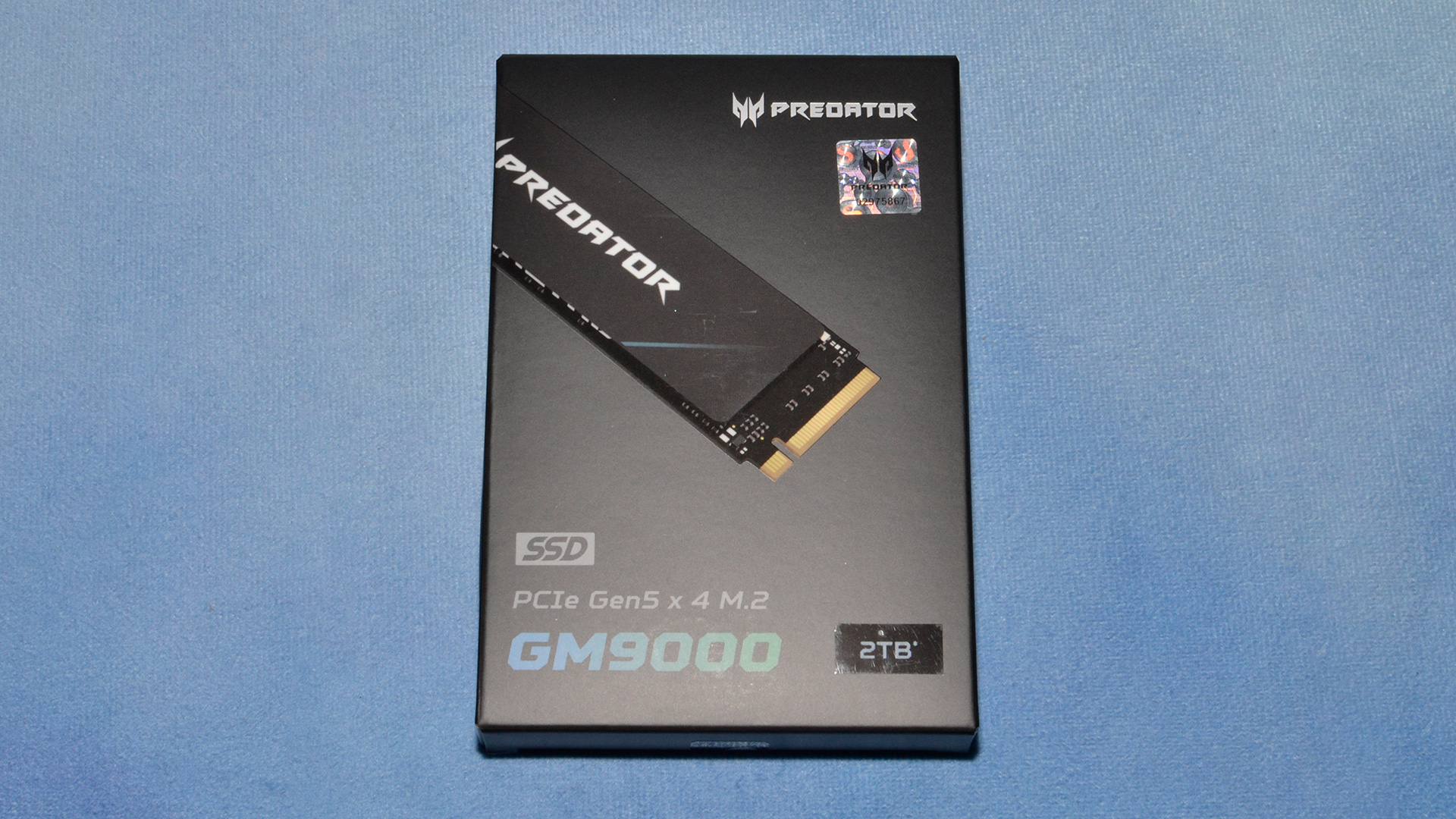

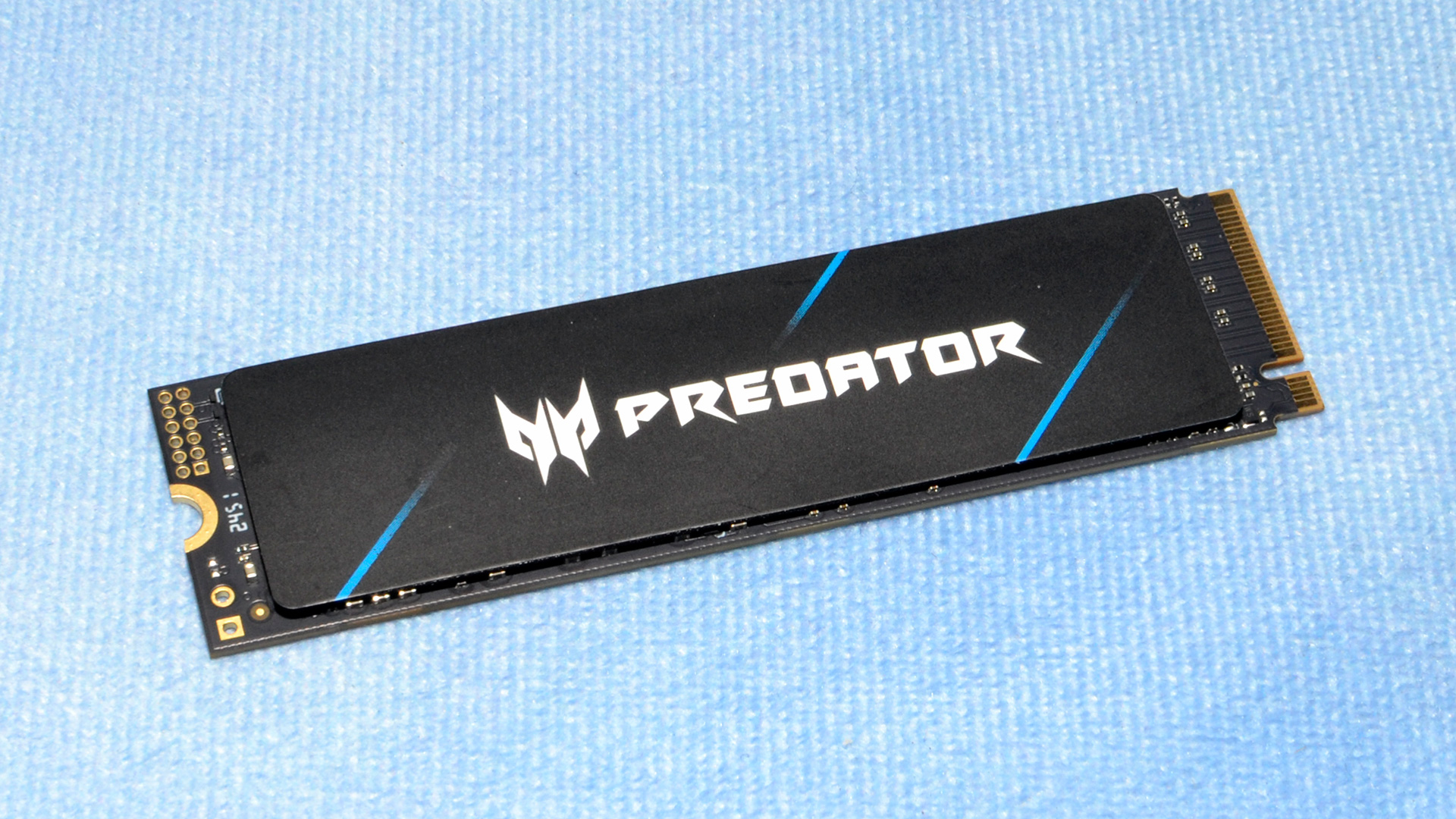
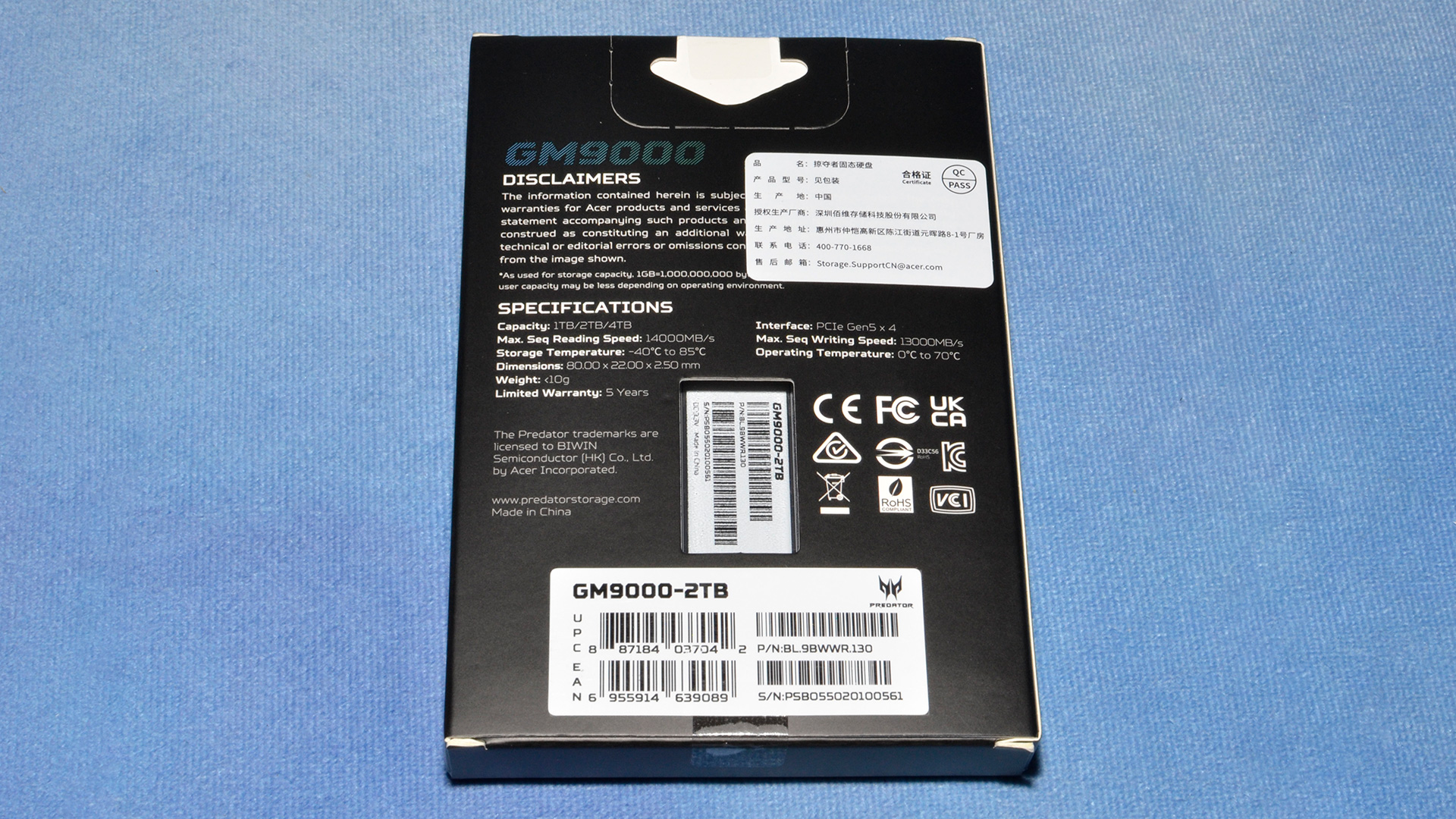
The Acer Predator GM9000 is a single-sided drive at all capacities, reaching a height of 2.50mm with its heat spreading label. This makes it suitable for use in laptops which gives it an edge over other drives in its class like the Crucial T705.
Get Tom's Hardware's best news and in-depth reviews, straight to your inbox.
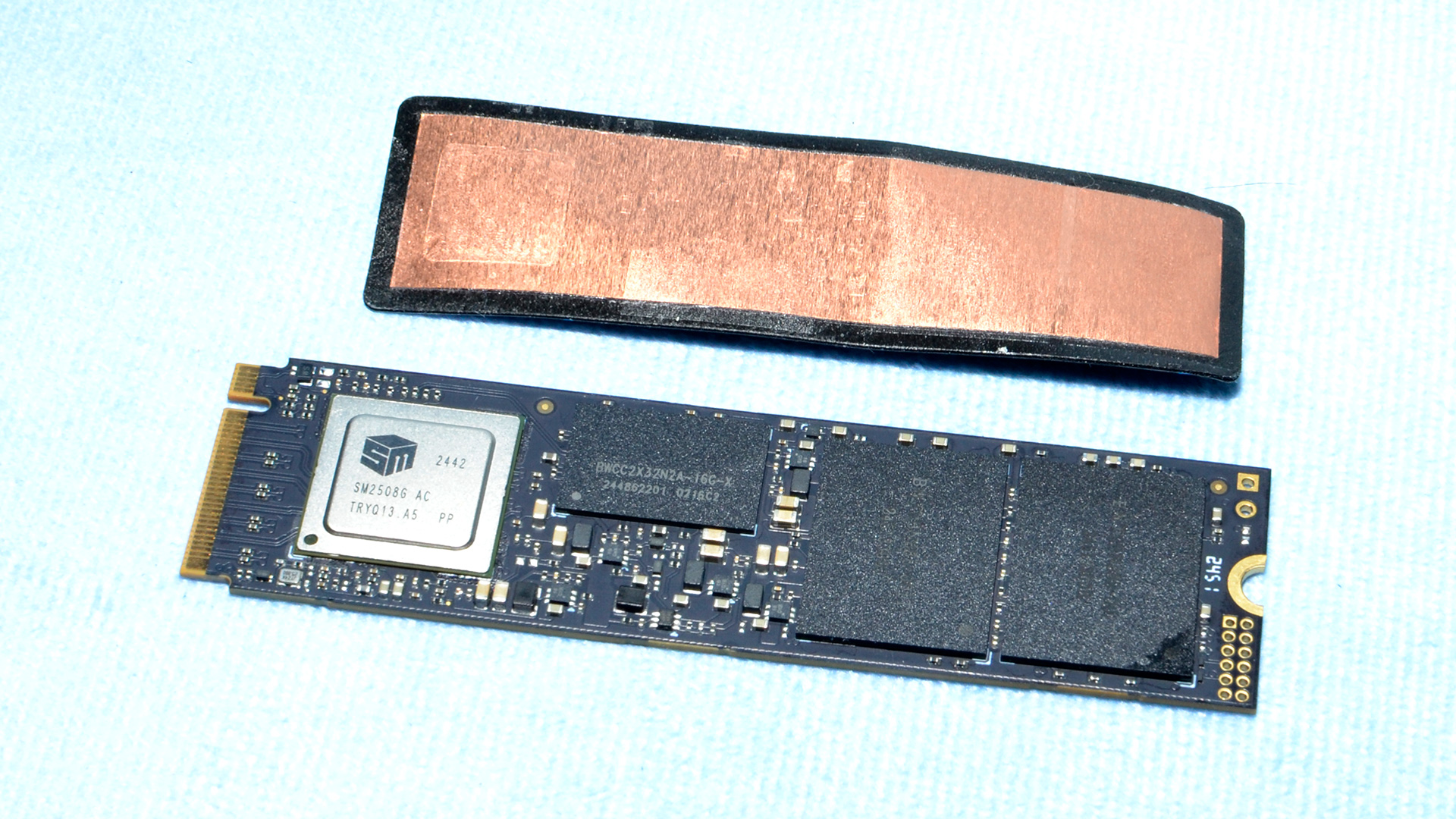
Removing the label, we can see it uses copper to help spread heat between the main components. The pressure points indicate it did have contact with the SSD controller, the DRAM memory, and the NAND flash packages. Equalizing heat in this manner works better than expected because the controller tends to be the hottest component and the one that will trigger thermal throttling. Spreading its heat to the DRAM and especially the NAND flash packages is an easy way to gain more thermal headroom. This is especially useful for laptops, which tend to lack sufficient clearance for traditional heatsinks.
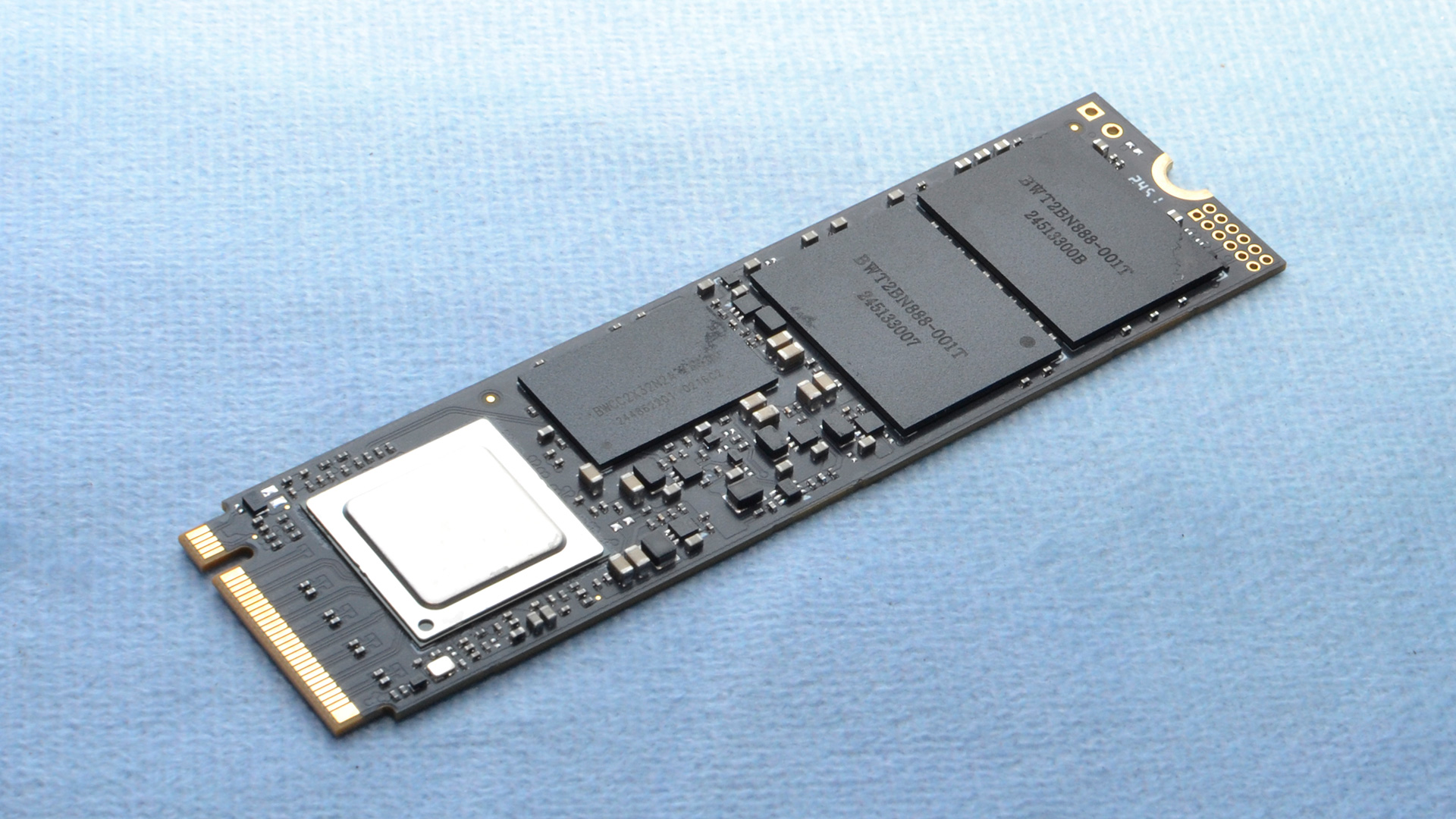
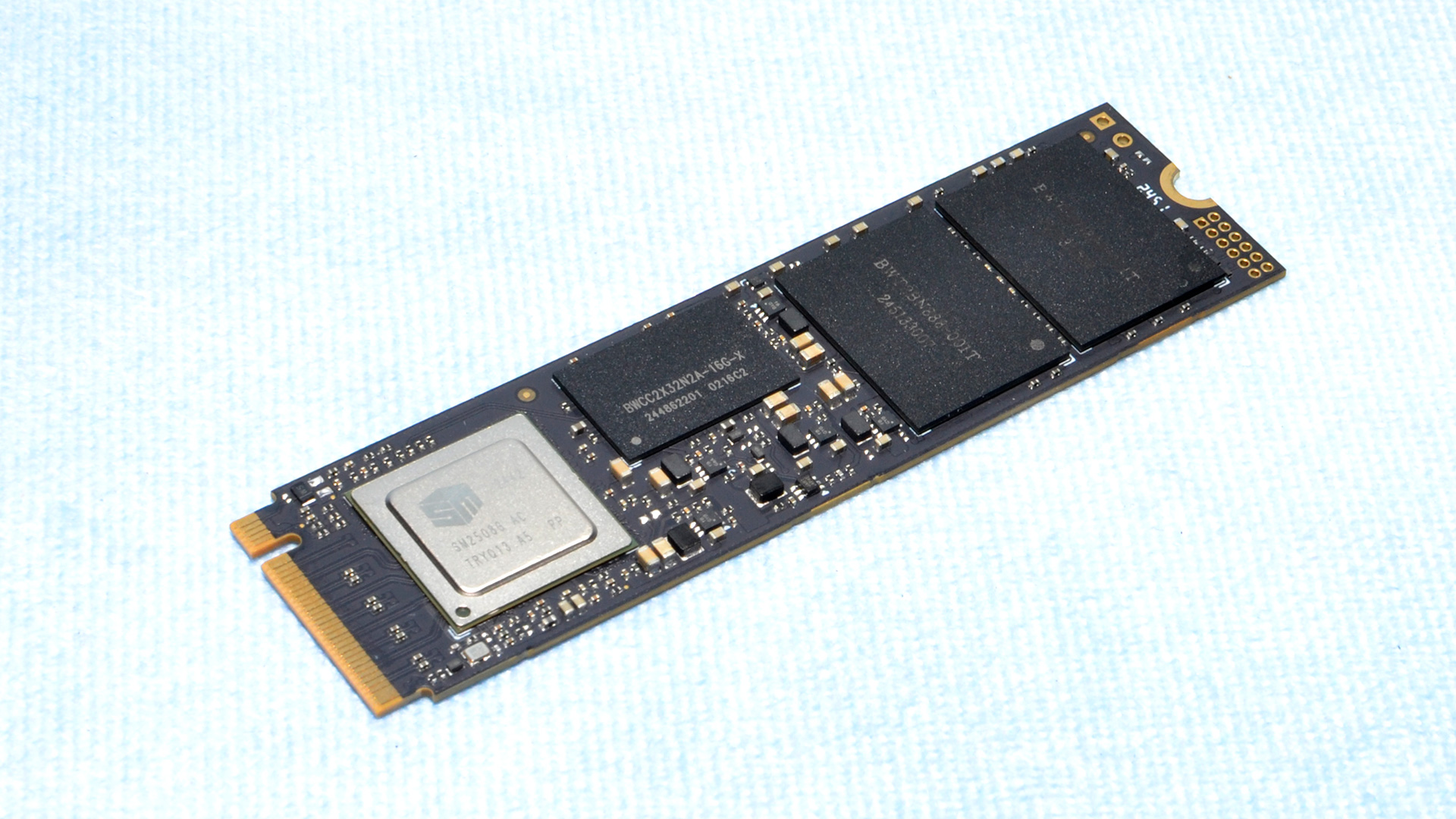
The GM9000 uses the SMI SM2508 SSD controller with LPDDR4 DRAM memory and 232-Layer TLC flash from Micron. For more information on the controller, see our preview. In brief, this controller is exceptionally power-efficient compared to previous high-end Gen 5 SSD options. As for the DRAM, using LPDDR4 could reduce power consumption to a small degree. The flash is an interesting choice as it’s older than what’s used on the Micron 4600, so it should be less performant. However, this drive is still very powerful, and if it can match or beat E26 and IG5666 drives in price, then it’s an excellent alternative. Being actually usable on a laptop is also a nice bonus over those two options, too.
MORE: Best SSDs
MORE: Best External SSDs
MORE: Best SSD for the Steam Deck
- 1
- 2
Current page: Acer Predator GM9000 Introduction
Next Page Acer Predator GM9000 2TB Performance Results
Shane Downing is a Freelance Reviewer for Tom’s Hardware US, covering consumer storage hardware.
-
Notton Acer does SSDs now?Reply
The performance is exactly Acer. Jack of all trades, master of none. -
JarredWaltonGPU Reply
Micron's 232-layer TLC is still good, just not quite at the same level as Kioxia / Sandisk BiCS8. I don't think there's really much of a difference in endurance between the two. Mostly, the Sandisk BiCS8 has some very good latency results, which helps with QD1 random reads/writes.Amdlova said:Cons: OLDER FLASH?
Endurance it's now a big problem eh
These charts and review data were generated prior to the 9100 Pro and WD Black reviews, which then jumped the queue because they were deemed "more important" than the Acer GM9000 that you can't buy in the US. I did the testing back before I jumped ship, so these have been waiting for write up and publication for about six weeks I think.drSeehas said:Samsung 9100 Pro and Sandisk WD Black SN8100 are missing in the comparison charts. -
Amdlova @JarredWaltonGPU Today 1TB drivers are rated at 600TB/W or Even worse than that.Reply
This drive is rated for 800TB/W for me is a plus not a cons. -
Maxxify Reply
Acer's drives are handled by Biwin, who also makes drives for HP and some others IIRC. Their drives do tend to be focused on affordability.Notton said:Acer does SSDs now?
The performance is exactly Acer. Jack of all trades, master of none.
232L is older when considering the newer controllers (SM2508, E28). It falls behind 276L and BiCS8 in performance and/or power efficiency. Has nothing to do with endurance. Further to the point, TBW (on consumer drives) also doesn't really correlate with endurance in a meaningful way.Amdlova said:Cons: OLDER FLASH?
Endurance it's now a big problem eh -
helper800 Reply
:cry::cry::cry::cry::cry:JarredWaltonGPU said:I did the testing back before I jumped ship